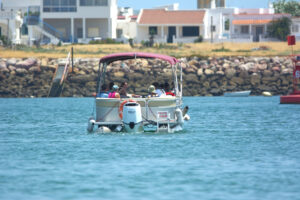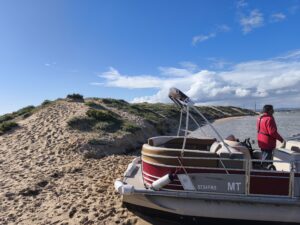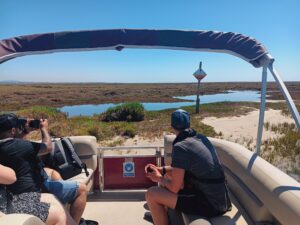The Geological Formation of Ria Formosa
The formation of the Ria Formosa and its barrier islands is a fascinating natural phenomenon that has given rise to one of Portugal’s most impressive ecosystems. This lagoon system, located in the Algarve, is protected by a series of barrier islands that separate it from the Atlantic Ocean. But how did the Ria Formosa come to be? What is the origin of its barrier islands? In this article, we’ll explore its geological formation, its evolution over the centuries and its ecological and economic importance.

A Dynamic and Constantly Changing Ecosystem
The formation of the Ria Formosa is a geological process that took place over thousands of years, resulting from a number of natural factors, such as tectonic movements, sea level variations and the action of winds and tides.
It is estimated that this lagoon system has been consolidated over the last 10,000 to 12,000 yearsafter the last Ice Age, when the melting of the polar ice caps caused sea levels to rise and flooded coastal regions.

The Impact of the 1755 Earthquake
One of the most significant events in the geological history of Ria Formosa was the Earthquake of 1755. In addition to causing destruction in Lisbon and other parts of the Algarve, the tsunami played a fundamental role in reconfiguring the barrier islands. The tsunami that followed the earthquake caused changes in the layout of the islands and inland lagoons, influencing the region’s ecosystem.
The Ria Formosa Barrier Islands
What are the Barrier Islands?
The barrier islands are sandy formations that protect the Ria Formosa from the forces of the Atlantic Ocean. These islands are essential for the preservation of marine life and the stability of the lagoon ecosystem, as they prevent waves and erosive currents from directly affecting the estuary.
The Main Barrier Islands
Ria Formosa is protected by a group of five main islands and two peninsulas:
- Barreta Island (Desert Island) – One of the wildest and most unspoiled, with paradisiacal beaches.
- Culatra Island – Home to the fishing communities of Culatra, Farol and Hangares.
- Cabanas Island– A long sandy coastline whose dune formations are covered in endemic vegetation.
- Armona Island – Frequented by tourists and locals alike, with picturesque houses and lovely beaches.
- Tavira Island – One of the best-known vacation destinations, with tourist infrastructure.
- Ancão Peninsula (Faro Beach) – One of the easiest accesses to the Ria Formosa, connected to the mainland by a bridge.
- Cacela Peninsula – Further east, known for its unspoiled landscapes and biodiversity.
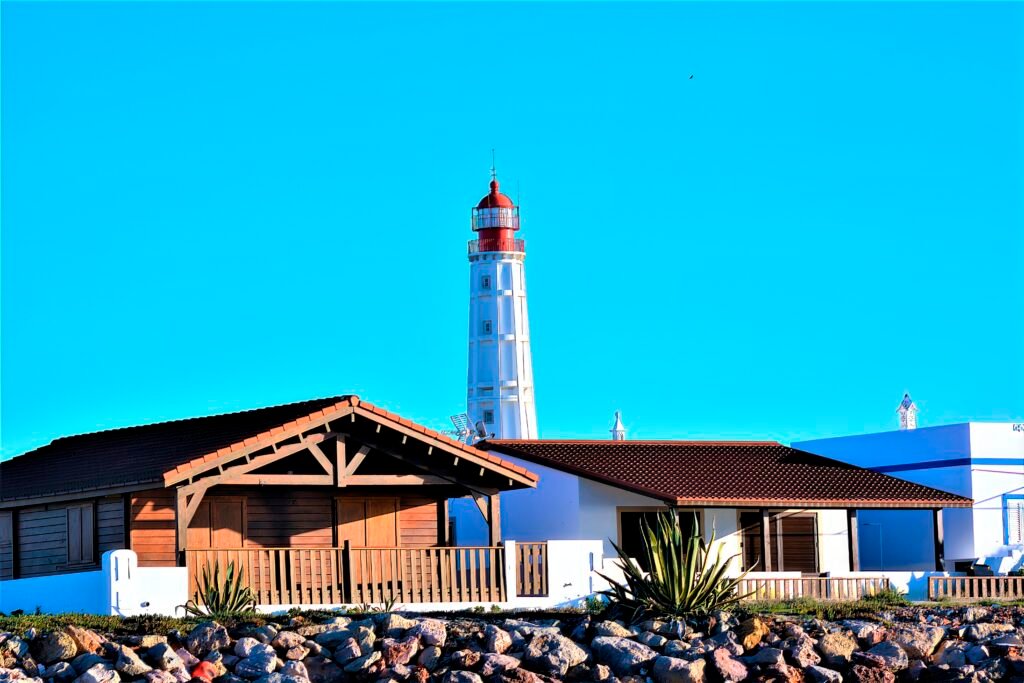
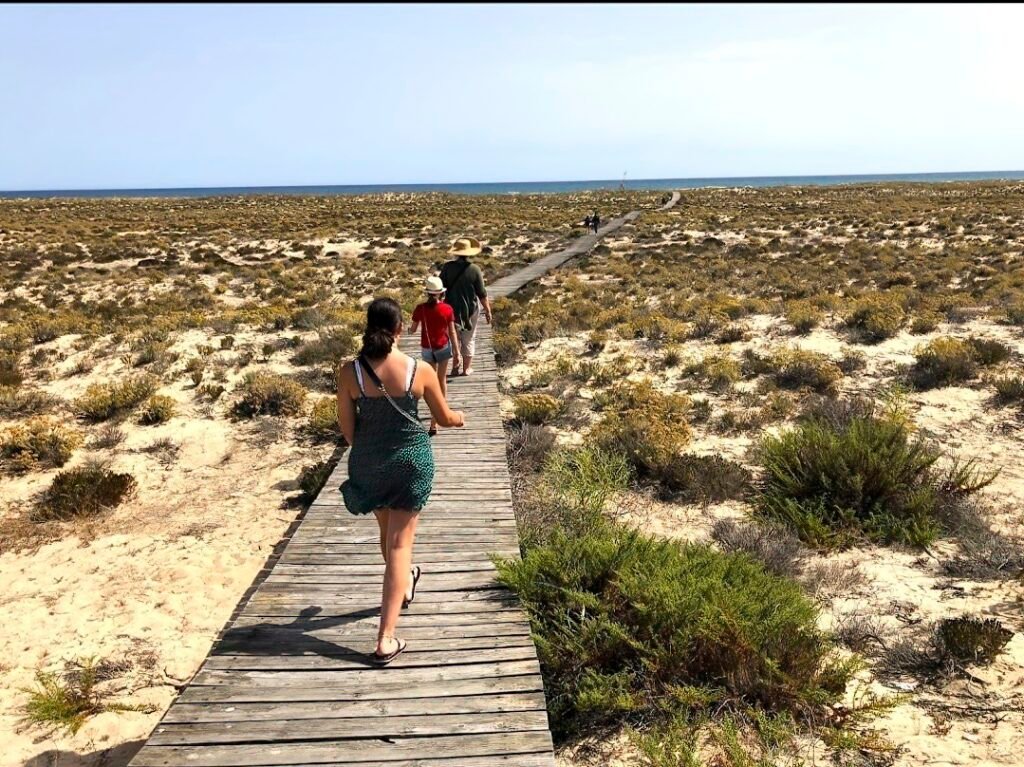
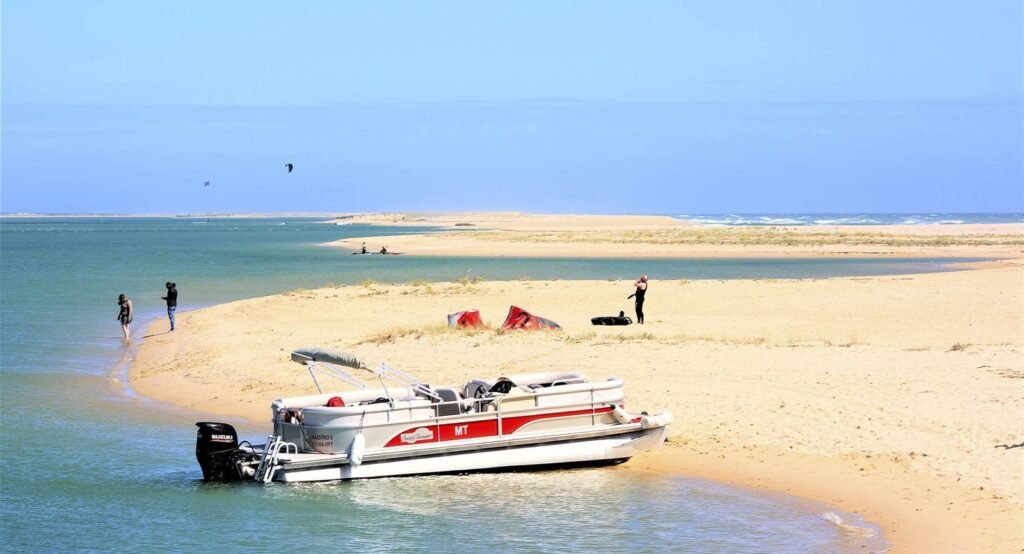
The Importance of the Barrier Islands
The barrier islands play an essential role in protecting the biodiversity of the Ria Formosa. They help maintain habitat stability and prevent coastal erosion, acting as a natural buffer against storms and high tides.
Ria Formosa as a Natural Park
Biodiversity and Conservation
In 1987, the Ria Formosa was declared a Natural Parkdue to its rich biodiversity. This ecosystem is home to a wide variety of migratory birds, fish, molluscs and aquatic plantsand is one of the most important places for wildlife in Europe.
Emblematic Species of the Ria Formosa
- Common chameleon – Namely (Chamaeleo Chamaelon), this is anendangered species that finds refuge in the dunes of the Ria Formosa.
- Seahorses – The estuary is home to one of the largest populations of seahorses in the world. The species of seahorse that live in the Ria Formosa are the long-nosed seahorse (hippocampus guttulatus) and the short-nosed seahorse (hippocampus hippocampus).
- Flamingos – They frequent lagoons and marshes in search of food.
- Molluscs and bivalves – Such as clams and oysters, which are fundamental to the local economy.
- Western Swamphen (Porphyrio porphyrio) – The symbol of the Ria Formosa, its body is blue with white infracaudal feathers.
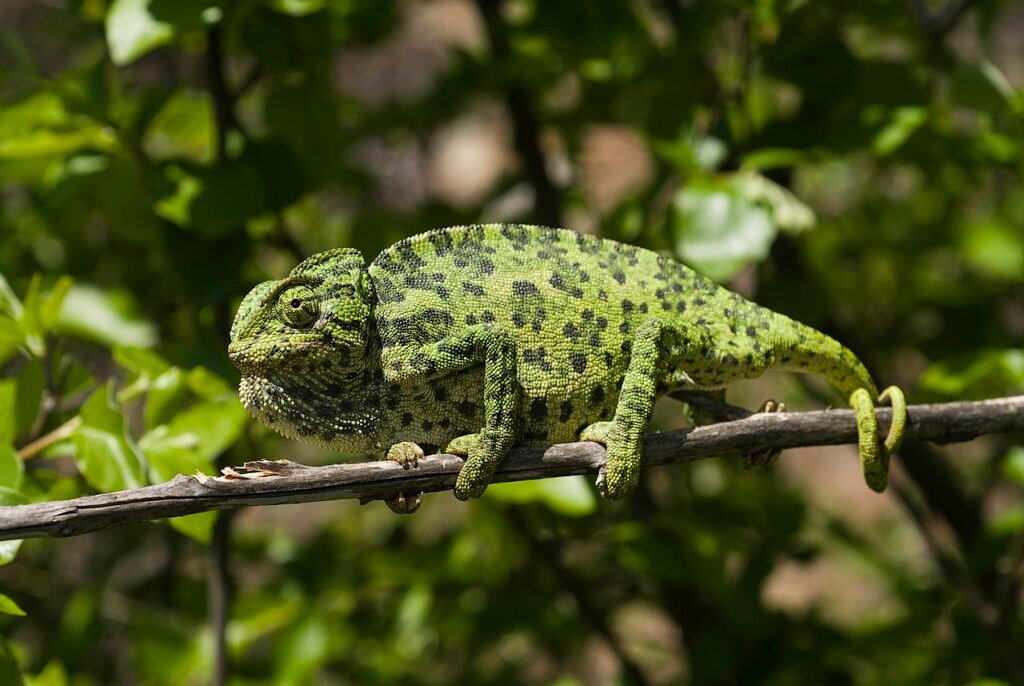
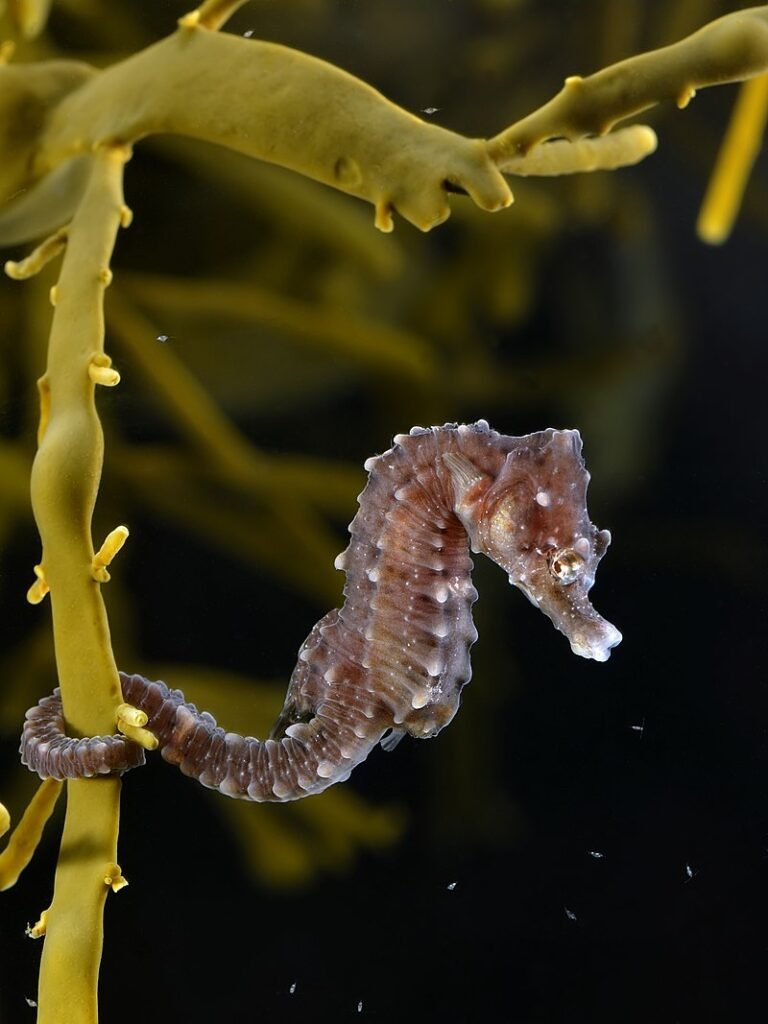
Threats and Sustainability
Despite its ecological importance, the Ria Formosa faces several threats, including:
- Tourist and urban pressure
- Water pollution
- Climate change and rising sea levels
- Overfishing and exploitation of natural resources
Protective measures
To ensure the preservation of this unique ecosystem, various initiatives have been implemented, such as:
- Restrictions on construction in protected areas.
- Recovery projects for degraded habitats.
- Promoting sustainable tourism.
Activities in Ria Formosa
Boat trips around the Barrier Islands
One of the best ways to explore the Ria Formosa is on a boat trip around its barrier islands. The company Islands 4 You, with departures from Faro offers incredible experiences to discover this unique ecosystem. During the tours, visitors can:
- Explore paradisiacal beaches and remote islands.
- Observe the local fauna and flora, including flamingos and seahorses.
- Visit authentic fishing villages such as Culatra.
- Enjoy a relaxing stroll with breathtaking views over the estuary and the Atlantic.
These tours can be customized to include stops for swimming, snorkeling or lunch in typical island restaurants.
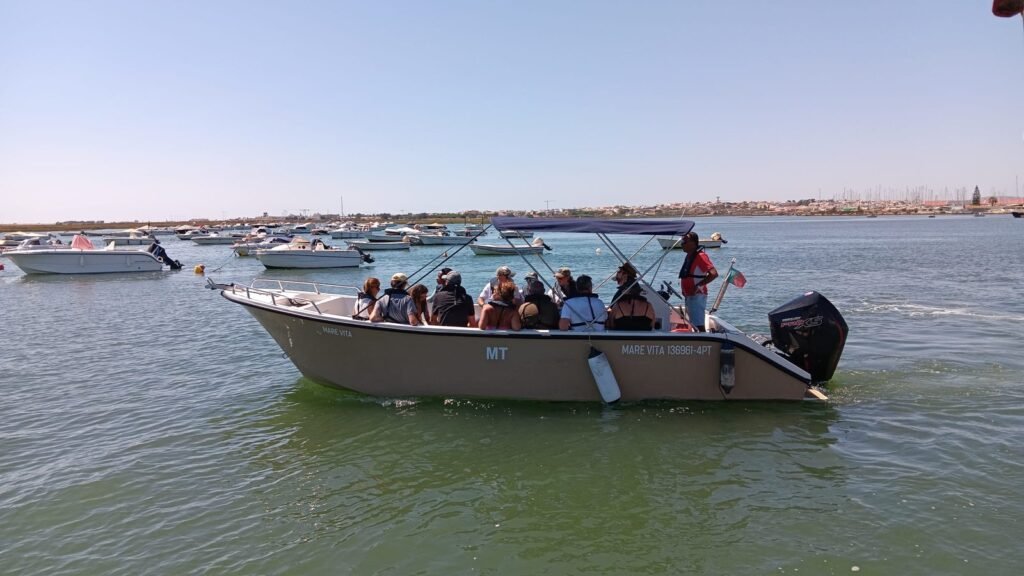
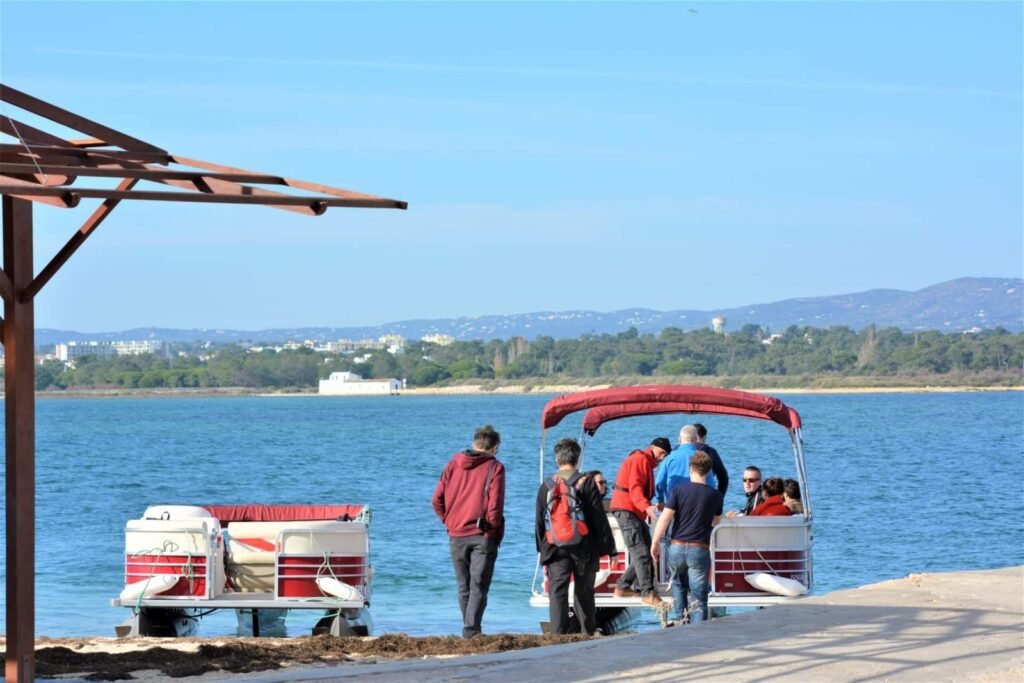
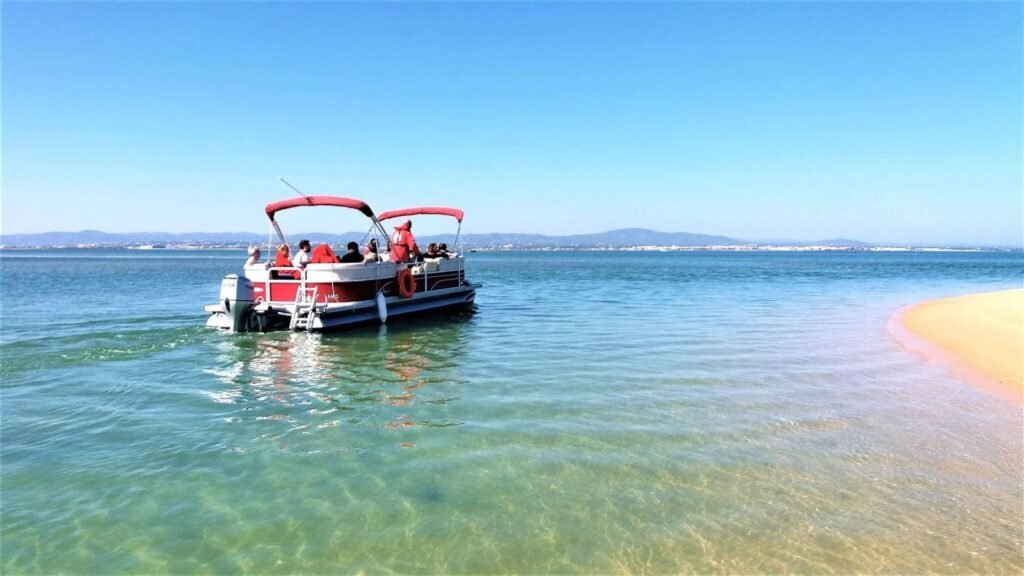
Conclusion
A Ria Formosa and its barrier islands are an invaluable part of Portugal’s natural heritage. Their formation over the millennia has resulted in a rich and dynamic ecosystem, essential for biodiversity and the local economy. With its stunning landscape and fascinating geological history, the Ria Formosa remains a must-visit destination for lovers of nature and Algarve culture.


